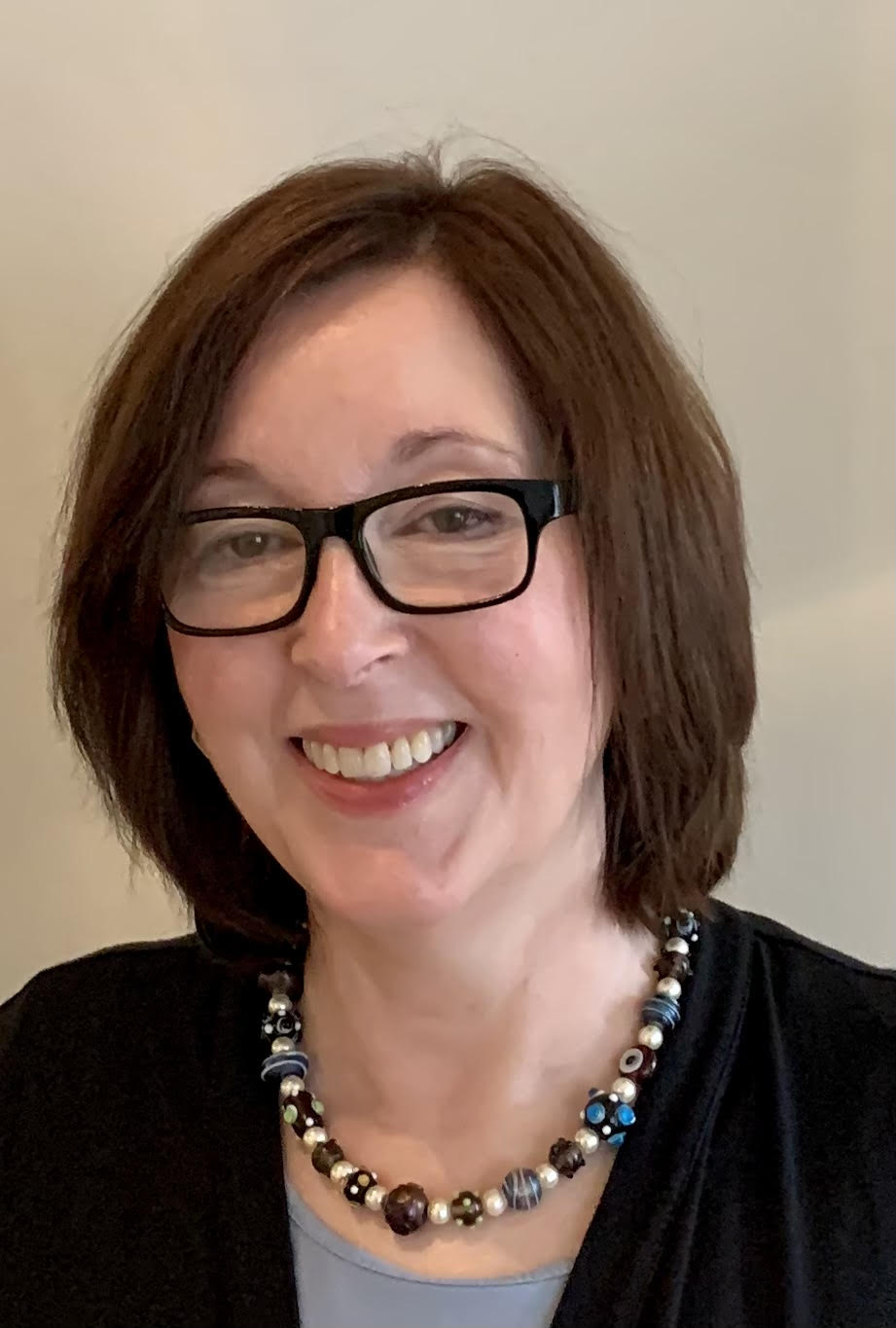Opening a bank account is an important way to gain access to payments systems. People in the United States with bank accounts can use checks, debit cards, and online bill pay and often have access to credit cards and nonbank digital payment accounts. A 2021 Federal Deposit Insurance Corporation (FDIC) survey found that approximately 5.9 million US households were unbanked in 2021, meaning no one in the household had a checking or savings account at a bank or credit union. Further, about 18.7 million households are underbanked. People in these households may have a banking relationship but may also use other financial services such as check cashers or payday lenders, which charge high fees.
Some people may choose not to use banks, for various reasons, and some may be excluded due to Know Your Customer (KYC) requirements. The FDIC survey found that 2.7 percent of US households (roughly 159,000) cite having no ID as a main reason. But there could be a way to address this issue.
KYC requirements began under the 1970 Bank Secrecy Act and the 2001 USA Patriot Act. These laws require financial institutions to verify a customer's name, date of birth, and residential address, as well as their ID, which can include, for example, a social security number or, if the person is not a US citizen
, a passport number and issuing country. Customers without the required identification may not be able to open an account, although some institutions may consider alternative forms of ID, such as an ID card issued by a city or state government.
About a decade ago, Mexico developed a way to provide digital payments access to families receiving monthly income support that did not have bank accounts and could not meet identification requirements. In 2011, Mexico developed a risk-based approach to address identification barriers for low-value accounts using four levels, each with different documentation requirements and value limits. The lowest tier required no documentation and no face-to-face account opening. It was limited to $285 USD in monthly deposits and an approximate $380 USD maximum balance. A customer could open the next tier account remotely by providing name, date of birth, gender, and address, and the bank would conduct a more thorough KYC within 24 months. Identification requirements increased as the risk levels (deposit and balance limits) increased.
The tiered approach was a success for these families receiving income support. Within two years, 9.1 million accounts were opened, a notable change given an adult population of about 90 million in 2013. Half of the new accounts were at the lowest level of identification requirements, with the maximum balance limit of $380 USD. The income support program has since been discontinued.
Despite this success in providing digital payments access, Mexico in 2017 had a high proportion of adults without a debit, credit, or mobile money account (65 percent, compared to 50 percent worldwide), demonstrating how difficult it can be to provide full access to the digital financial ecosystem.
Learning how other countries manage KYC and anti-money-laundering risks and perhaps applying these approaches in the United States could assist people who face challenges in obtaining accounts.



